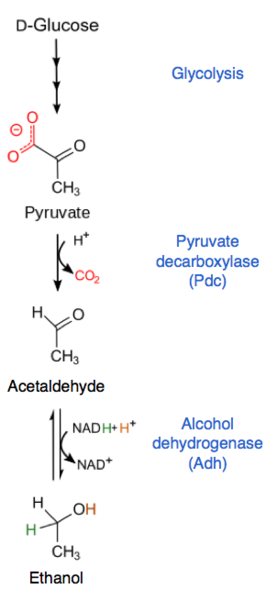Revolutionizing Medicine: The Role of Yeast in Drug Production
Written on
Chapter 1: The Versatility of Yeast
Yeast is not just a key player in baking and brewing; it also serves as a powerhouse for synthesizing various compounds, including medications.

Beyond Baking: A Historical Perspective
As single-celled fungi, yeasts have been integral to human civilization for centuries. Without them, many fermented products we enjoy today—like bread, beer, and wine—would not exist.

Saccharomyces cerevisiae, commonly known as baker's yeast, is especially significant in both brewing and baking. This microorganism thrives by converting carbohydrates—found in ingredients like barley and flour—into ethanol and carbon dioxide, which are crucial for making beer and leavening bread. However, its applications extend beyond culinary uses; S. cerevisiae is also a vital model organism in biological research.
Scientific Significance of Yeast
Yeast possesses unique characteristics that make it an ideal subject for study. It grows quickly and is easy to cultivate, while also being eukaryotic, meaning it shares features with both plant and animal cells. S. cerevisiae can reproduce both sexually and asexually, and its genome has been completely sequenced, revealing that nearly one-third of its genes have homologs in humans. This makes it an invaluable tool for investigating topics such as aging, DNA repair, and gene functionality.
With its rapid growth and well-characterized genome, S. cerevisiae has the potential to serve as a mini-factory for producing valuable compounds, including those for medicinal purposes.
Chapter 2: Advantages Over Plant-Derived Medications
Traditionally, many pharmaceuticals have been sourced from plants. However, this approach has its challenges. The medicinal compounds we seek are often present in minuscule amounts, necessitating the harvesting of large quantities of plants. Additionally, environmental factors can severely affect plant growth, as seen in times of famine.
Although synthesizing these compounds in the lab is an option, the complexity of these molecules often involves lengthy and intricate processes. This raises the question: can yeast be harnessed to assist in this endeavor?
The first video, "From Yeast to Opioids: A Revolutionary Pathway to Drug Synthesis," explores how researchers are utilizing yeast for innovative drug production methods.
Engineering Yeast for Medicine
Recent advancements demonstrate that it is indeed possible to employ S. cerevisiae for medicinal synthesis. In 2018, researchers managed to engineer yeast to produce the cough suppressant noscapine at levels 18,000 times greater than those found in its natural plant sources.
More recently, scientists successfully integrated a complex biosynthetic pathway into S. cerevisiae to produce tropane alkaloids, which are effective in treating nausea, gastrointestinal issues, and neuromuscular disorders like Parkinson’s disease.
This innovative approach involved having the yeast express 26 different genes that are essential for the production of tropane alkaloids. Notably, the researchers compartmentalized the various steps of this biosynthetic pathway within the yeast cell. This strategic separation of enzymes mimics industrial chemical manufacturing, where different steps occur in separate reactors, allowing for optimized production at each stage.
The second video, "8 Ways to Use Nutritional Yeast in Your Diet," highlights the versatility of nutritional yeast and its health benefits.
Conclusion: The Future of Medicine
The potential for yeast to revolutionize pharmaceutical production is immense. As we continue to explore these capabilities, we may find that the factories of tomorrow could be as small as a single cell.
For more science insights and updates, follow @evolveon on Twitter. We’d love to connect!